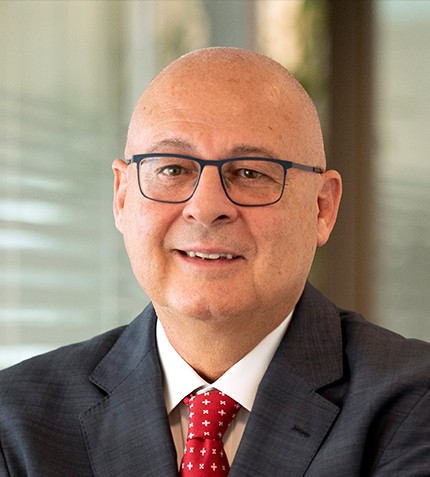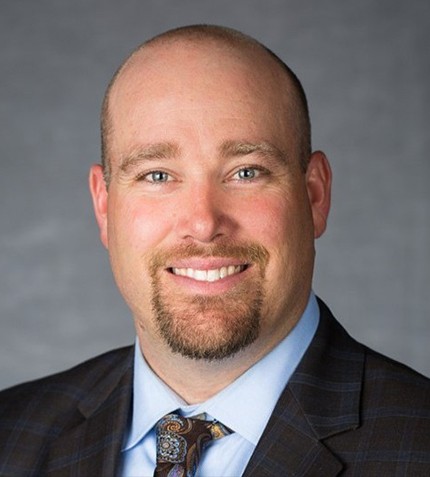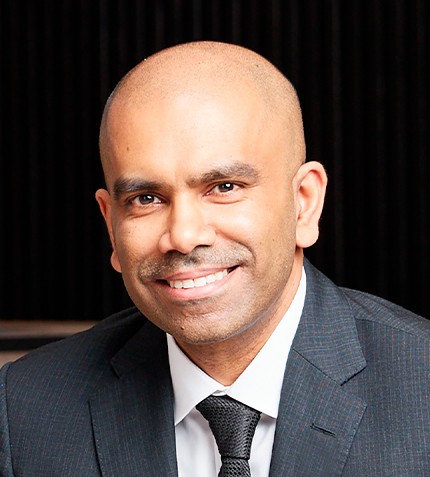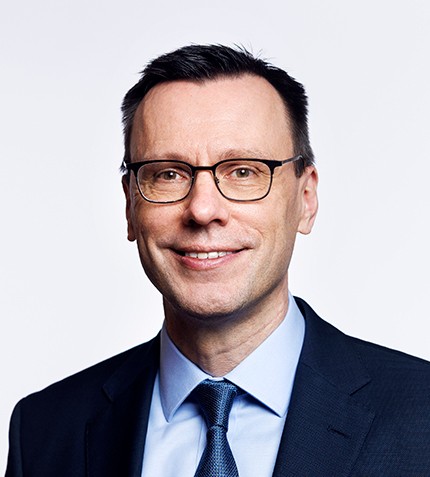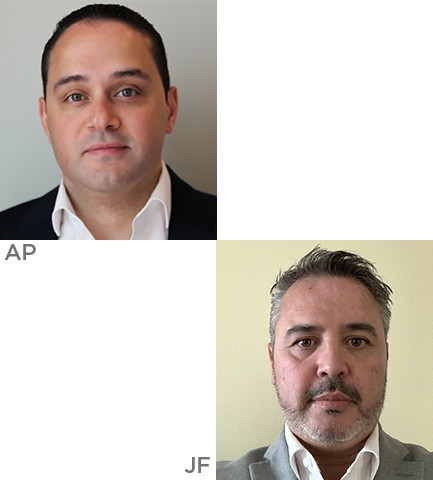
"The real opportunities occur when a local producer cannot get enough raw material from domestic production, and this is precisely where Vopak plays a key role in the value chain."
Alvaro Perez & Jorge Flores
MANAGING DIRECTOR & COMMERCIAL AND BUSINESS DEVELOPMENT MANAGER, VOPAK MEXICO
Can you provide an overview of Vopak’s presence in Mexico and activities within the chemical and petrochemical sectors?
AP: We are located on the Atlantic side of Mexico with three terminals: one in Veracruz with approximately 213,000 cubic meters (cbm) of installation, one in Coatzacoalcos with 26,000 cbm and one in Altamira with 110,000 cbm. At our Altamira terminal we are in the final stages of an expansion project that will expand the site to 150,000 cbm next year. The services that we provide in these terminals are varied and include storage, the receiving of vessels, and temperature control.
JF: Our petrochemical portfolio comprises roughly 40-45% of our business in Mexico. Regarding the value chain, we have a lot of interaction with distributors here in Mexico as well as certain customers such as BASF, Petrocel, Unigel and Braskem among others. Our operations also provide wide access to different chemical clusters in Mexico thanks to the locations of our terminals.
What are your views on the current logistics bottlenecks?
AP: The pandemic was an eye-opener for the industry as certain inefficiencies within the value chain became more apparent. To solve this, it is critical to find the bottlenecks in your processes. There can be hidden factors that either increase cost or decrease efficiency, and the big solution lies in harnessing the power of data analytics and digitalization to streamline these processes.
JF: A major cost for our customers is demurrage — every day that a vessel awaits arrival to the jetty costs around US$20,000-US$25,000. When we build a new project, this is something we look into closely.
Additionally, we see a bottleneck in the amount of time that trucks wait in a terminal. Vopak is working on a slot booking system that along with increased digitalization will allow our customers to set up an appointment for a particular date, streamlining arrivals.
What are the main concerns of your chemical industry clients regarding the scarcity of domestic raw material feedstock in Mexico?
JF: The current situation in Mexico is that there are not enough petrochemicals to supply the local market. Petrochemical producers are increasingly looking for additional sources, and one of the most economic ways for them to obtain this raw material is via vessels. Right now, there is a need for increased capacity to receive these petrochemical products by vessel, signaling a lot of opportunities in the market.
How is Vopak working to lower its carbon footprint and adjust to the energy transition?
AP: We have a clear target to reduce our VOC emissions worldwide by 30% by 2030 and to be climate neutral by 2050. The first step is the integration of sustainability into the DNA of our business operations and investment decisions, and to that end, Vopak has established our own Sustainability Roadmap, which provides an overview of our key sustainability topics and a framework to help us further integrate sustainability.
We recently announced a huge project in the Netherlands with the opening of the Vopak Solar Park Eemshaven in the province of Groningen in the Netherlands. Here in Mexico, we have similar targets in mind.
Can you explain how technology is changing the tank storage and logistics industries?
AP: Our three projects in Mexico will be 100% automated, which improves safety, is more cost-efficient, and better secures the product of our customers. Vopak also developed Myservice, our in-house developed cloud-based Terminal Management System. Nineteen terminals currently have gone live in the use of the system, and the twentieth will be in Coatzacoalcos, Mexico. The plan is to have the three terminals in Mexico running during the first quarter of 2022.
JF: One particular bottleneck that we hope to avoid through technology occurs at the weighbridge of terminals. The goal is for truckloads to be sent directly to the loading bay and to be measured automatically, without having to wait at the weighbridge for long periods of time.
What opportunities does Vopak see for growth in Mexico in the coming years?
AP: The real opportunities occur when a local producer cannot get enough raw material from domestic production, and this is precisely where Vopak plays a key role in the value chain.




